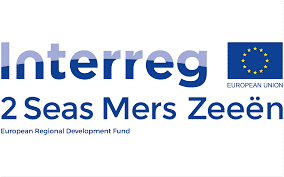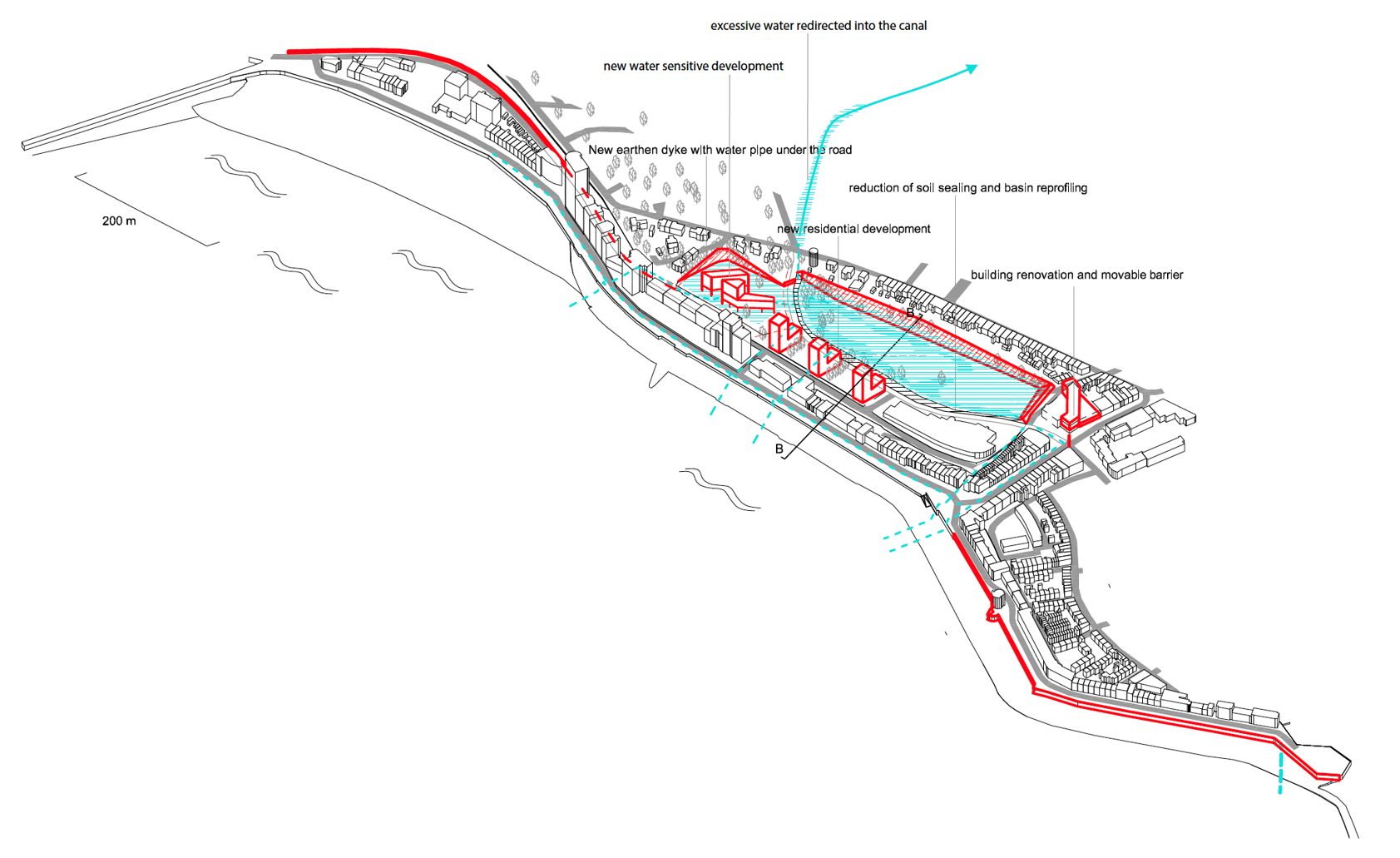Sustainable and Resilient Coastal Cities (SARCC)
Mean sea level rise (SLR) could increase by 1.5m-2.5m by 2100, which would see damage caused by coastal flooding in Europe increase from €1.25bn per annum currently to €961bn in just over 80 years (European Commission, 2018).
Urban areas situated along the 2 Seas coastline are particularly vulnerable to extreme SLR (a combinatin of SLR, tide and storm surges). Coastal flood plans and policies focus predominantly on deploying traditional grey infrastructure/heavy engineering and ignore the use of nature-based solutions (NBS), despite the overwhelming evidence of their potential to reduce flood risk and provide multiple benefits. NBS are often not considered by policy-makers in detail due to the perceived risks around costs, potential for success, requirements for immediate protection/improvement and uncertainties regarding future change. A clear knowledge gap exists across coastal local authorities to deploy NBS as a means to reduce future coastal flood risk and economic damage.
Changing the current paradigm that focusses on reducing the probability, the reduction of the consequences by using nature-based solutions is an interdisciplinary mission. The project developed the design and asses process which enables municipalities to implement NBS solutions in their coastal projects.
Facts
| Funder: | European Regional Development Fund (ERDF) |
| Programme: | Interreg 2 Seas 2014-2020 |
| Role TU Delft: | Project partner |
| Project duration: | January 2019 - March 2023 |
| TU Delft researchers: |
Project partners
Marine Archeological Trust, Municipality of Blankenberge, City of Gravelines, Agency for Maritime and Coastal Services, City of Ostend, Vives University of applied Sciences, Environment Agency, Municipality of Vlissingen, Exo Environmental Ltd, Flemish Government, Town of Middelkerke, HZ University of Applied Sciences


